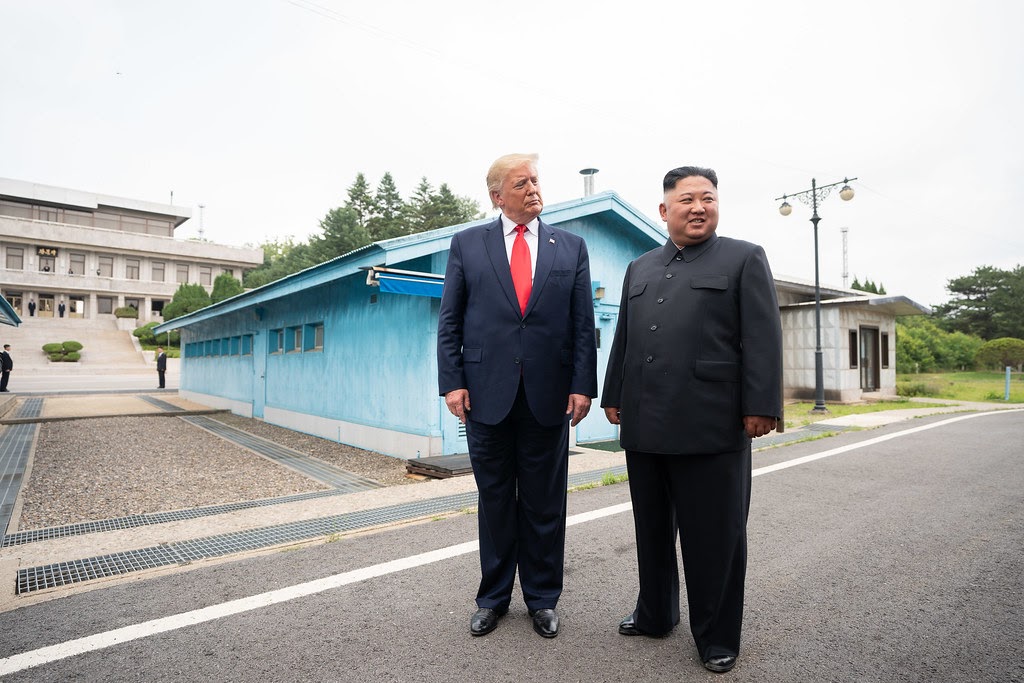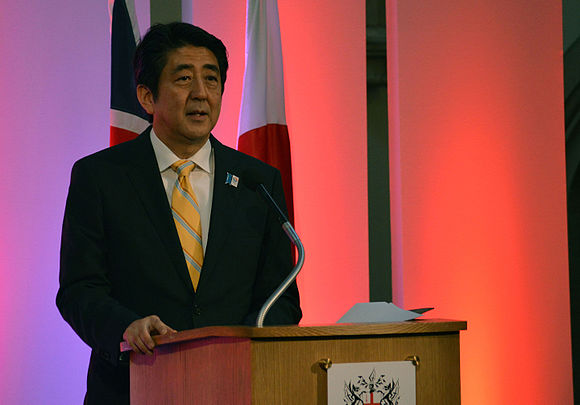
In response to over a decade of brutal violence in the Democratic Republic of the Congo (DRC), Intel announced in January that it will produce the world’s first “conflict free” processors.[1] Though there have been attempts to publicize the atrocities occurring over the control of the mineral rich land in the DRC, this is the first step a major corporation has taken toward cleansing their products of the blood of the Congolese, and may spur other corporations to make the same changes in their supply chains.
If you own an electronic device, you own minerals that were mined in the DRC. Congo is said to have a “resource curse,”[2] and the contents of its land have been usurped by Belgian colonization in the 1870s, “Africa’s World War” from 1998-2003, and the death of 5.4 million people in the last ten years, with an estimated 1,500 perishing daily.[3] What could be valuable enough to claim the lives of so many? The minerals tantalum, coltan, tungsten, tin, and gold are in massive supply in the DRC; 50 percent of the world’s tantalum is found in the region. These minerals hold enormous worth in the current age, as laptops, video game consoles, cell phones, and numerous other devices could not function without them.[4] Tantalum and coltan store electricity, tungsten enables devices to vibrate, gold is used to coat wires, and tin is used as a suture on circuit boards.[5]
The mines containing the minerals are fought over and controlled by an “innumerable” number of armed militias.[6] These militias are composed of Rwandan, Ugandan, Zimbabwean, Angolan, and Namibian men, remnants of their home countries’ invasion (Rwanda and Uganda) and attempted protection (Zimbabwe, Angola, and Namibia) of the DRC in 1998. Once mined, the minerals are smuggled into Rwanda or Uganda. The plunder of the militant groups are most often purchased by Asian-based corporations that assemble much of the world’s electronics. Congolese minerals are incorporated into the global raw material supply, and can be found in the final products of Apple, IBM, Nintendo, Dell, Canon, Samsung, Motorola, HP, Acer, Nokia, and other major electronic brands.[7]
The manner in which the minerals are obtained has created the foundation for brutal conflict. In order to maintain control of and work the mines, militants require citizen labor and cooperation. Children are often kidnapped and used as soldiers or miners, men and women are underpaid and overworked on the mining grounds, and rape has become the most common control tactic of the militants to assert their authority over the Congolese.[5] A 2011 study in the American Journal of Public Health estimated that two million women had been raped in the DRC, and at a rate of one woman raped every minute, that number has only continued to swell.[8][9] Rape is a common, if scarcely combated, weapon of war, and the level of violence in the DRC displays how dependent militant groups are on rape to fracture families and communities. Rape has evolved into such a norm for all militant groups that women are able to tell the affiliation of their attackers by the style of their rape.
Congolese ability to reclaim control of natural resources and economy is hindered by an AIDS health crisis; an estimated 30 percent of women have contracted HIV due to a 60 percent infection rate amongst the militant men. Many women suffer from fistulas (rips in the vaginal wall) due to gang rape, mutilation with objects such as sticks and bayonets, and the firing of guns into their genitals. Numerous organizations attempting to bring aid to men, women, and children in the DRC are struggling to survive. Dr. Denis Mukwege, the sole gynecologist at the Panzi Hospital in eastern DRC notes that, “We treat one, and send her home to the village, and she returns with five more.”[10]
The sovereignty of the DRC over its land, resources, and people has always been rocky. The end of Belgian colonization in 1960 was followed by a string of dictators, corrupt elections, assassinations, and UN interventions. The 1990s saw destabilization of the frail country due to the influx of refugees from neighboring Rwanda.[3] A civil war from 1996-1997 set the ground for the invasion of Rwanda and Uganda, a war that lasted from 1998 to 2003, and saw the involvement of eight African countries whose interests were formed in over 20 armed groups. Rwandan President Paul Kagame called the war “self sustaining,” as the profits earned from Congo minerals gained the Rwandan army up to $20 million per month. Since the official end of this war in 2003, little has changed for the Congolese. Taxes are frequently demanded by and paid to militant groups, and the DRC government is underfunded, overwhelmed, and carries a fraudulent history. In February 2013, 11 African nations signed a statement declaring and promising their support for the end of violence in the DRC, but the underfunded Congolese government has had little ability to support its people over the last several years.[3] The demand for what is buried in the earth of the Congo is so high, the profit to be made so great, that it is hard to conceive change unless the nature of the demand shifts to one that will no longer allow the supply to be tainted with these atrocities.
Although it is a low priority to international policy makers and activists in Western institutions, a spotlight is dimly shining on the DRC. In August 2012, the US Securities and Exchange Commission adopted a rule requiring publicly traded companies to publicly disclose any use of conflict minerals originating in the DRC or an adjoining country. This law, brought about through the 2010 Dodd-Frank Wall Street Reform and Consumer Protection Act, has not been enthusiastically received by businesses. In the spring of 2013, a year out from the May 2014 deadline, the results of a survey concluded that one third of company executives remained unsure as to whether the law applied to their ventures. Few have created plans to investigate their supply chains, and a study by Tulane University Law School’s Payson Center for International Development estimated that the first year of enforcement would cost nearly $8 billion. The multi-step process outlined by the law includes investigating supply chains, declaring the minerals’ impact on products, filing annual reports with the Securities and Exchange Commission, and making information available to consumers through the Internet. Though it is a notable step toward increasing awareness and diminishing the profitability of these horrendous practices, the rule contains a notable flaw. There are no consequences for businesses who refuse to comply, save for the possibility of negative public opinion. For the first two years of enforcement, companies are also able to merely report that their use of conflict minerals is “undeterminable.”[11] This lack of knowledge may be excusable due to how low the raw minerals are found on the supply chain. Minerals from the DRC go through as many as ten intermediary corporations prior to being sold as finished products.[7] As statistics have shown however, every minute counts for the Congolese, a fact most widely and recently acknowledged by Intel.
Intel, which in a 2012 corporate responsibility report stated, “This decade we create and extend computing technology to connect and enrich the lives of every person on earth,” has taken impressive action. Intel has published several pages on its website designed to introduce consumers to the atrocities surrounding the attainment of minerals in the DRC and to lay out their plan to certify minerals as conflict free. It also provides resources to encourage further exploration of the issue, and invites other companies to join the endeavor. Intel rightly points out that an outright ban on DRC minerals would not only be impractical, but would deprive the Congolese people of one of their few sources of income. Rather, Intel “leads the way toward conflict free” by creating an audit and verification system implemented at smelting sites that work the raw minerals into metal. As of January, it was reported that “Intel has visited more than 70 smelters in 20 countries to provide education on conflict minerals and encourage participation in the Conflict Free Smelter Program and other independent third-party smelter validation audits. Intel continues to support efforts to develop strong systems that enable responsible sourcing from the DRC.” These efforts have resulted in the world’s first microprocessors that are validated as conflict free for tantalum, tin, tungsten, and gold.
Intel, however, cannot solve this devastating problem on its own. As its conflict-free webpage points out, “corporate action matters, product choice matters, and your voice matters.”[1] In order to see an end to the violence taking place in the DRC, there must be a massive shift in global production norms. Any corporation that doesn’t wish to fund and profit from a mass humanitarian crisis must take immediate action. However, corporate action is spurred by consumer demand, and therefore the actions of the average consumer are also vital to progressing toward a conflict free electronics supply. Intel has shown corporations that change is possible, and now it is up to consumers to tell corporations, with their dollars, that responsible change is profitable.
Jennie Rose Spector
International Affairs ’17
References:
[1] Intel, “Conflict Free Processors.” Last modified 2014. Accessed February 17, 2014. http://www.intel.com/content/www/us/en/corporate-responsibility/conflict-free-minerals.html.
[2] Lalji, Nadira. Global Policy Forum, “The Resource Curse Revised: Conflict and Coltan in the Congo.” Last modified 2007. Accessed February 17, 2014. http://www.globalpolicy.org/component/content/article/198/40150.html.
[3] BBC News Africa, “Democratic Republic of Congo Profile.” Last modified November 7, 2013. Accessed February 17, 2014. http://www.bbc.co.uk/news/world-africa-13286306.
[4] Gettlemen, Jason. “The Price of Precious.” National Geographic, October 2013. accessed February 17, 2014. http://ngm.nationalgeographic.com/2013/10/conflict-minerals/gettleman-text (accessed February 17, 2014).
[5] Prendergast, John. “Conflict Minerals 101.” Raise Hope for Congo Recorded November 18 2009. Enough! Project. Web, http://www.youtube.com/watch?v=aF-sJgcoY20.
[6] “Congo’s Wars: Peace They Say, But the Killing Goes On.”The Economist, March 27, 2003. accessed March 4, 2014http://www.economist.com/node/1667129.
[7] Ma, Tiffany. Project 2049, “China and Congo’s Coltan Connection.” Accessed March 1, 2014. http://project2049.net/documents/china_and_congos_coltan_connection.pdf.
[8] Gettlemen, Jeffrey. “Congo Study Sets Estimate for Rape Much Higher.” The New York Times, New York Ed. editionMay 11, 2011. Accessed February 17, 2014. http://www.nytimes.com/2011/05/12/world/africa/12congo.html?_r=0
[9] Theophile, Mugisho. Safeworld Field Partners, “Why They Rape: DRC Child Soldier SpOut.” Accessed February 1.http://www.asafeworldforwomen.org/fp-drc/cofapri/cofapri-blogs/3031-former-child-soldiereaks.html.
[10] Nolen, Stephanie. “”Not Women Anymore:”The Congo’s Rape Survivors Face Shame, Pain, and AIDS.” Ms. Magazine, Spring 2005. (accessed February 17, 2014). http://www.msmagazine.com/spring2005/congo.asp
[11] Bowman, Robert. “Companies Need to Step Up to Meet New Conflict-Minerals Reporting Rule.” Forbes, December 10, 2013. Accessed February 17, 2014. http://www.forbes.com/sites/robertbowman/2013/12/10/companies-need-to-step-up-to-meet-new-conflict-minerals-reporting-rule/.


